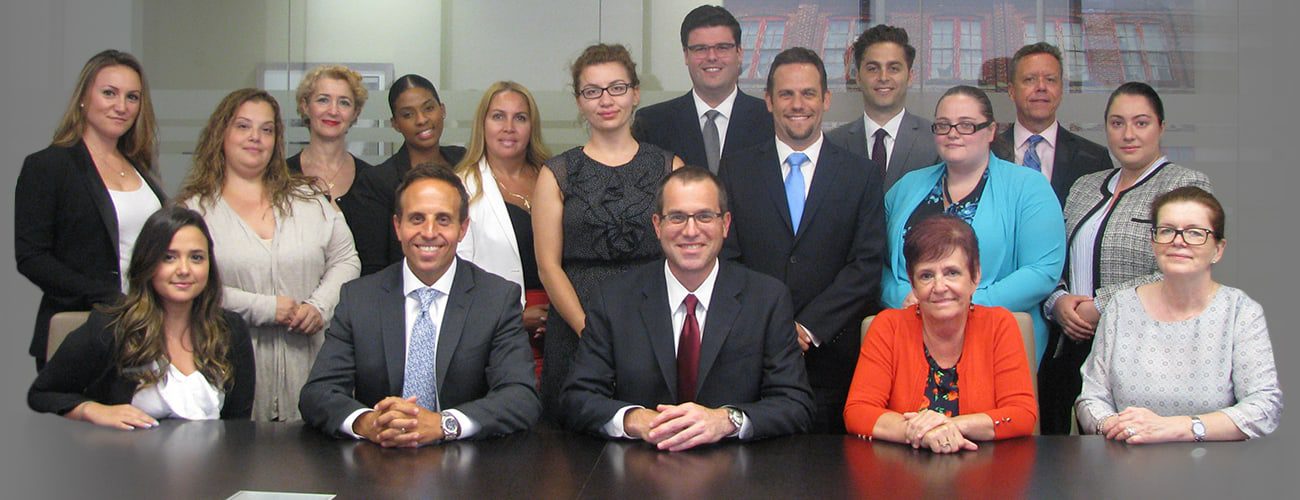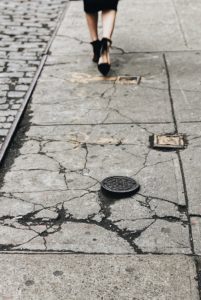In New York City, walking is one of the primary means of transportation. In fact, a study released by Fitbit found that New Yorkers walk more than people living in any other major metropolitan city—regardless of the season. However, even walking in the Big Apple can come with hazards. Sunken, cracked, or snow-covered sidewalks create obstacles that can lead to serious injury in a densely populated city. If you are injured due to a poorly maintained sidewalk, here are a few tips to determine who is responsible.
What Types of Issues Fall Under Negligence?
Property owners are responsible for maintaining reasonably safe conditions in their entryways, storefronts, and, in most cases, the sidewalks adjacent to their properties. If a defect is identified by the city as a danger to the public, the owner must make the repairs in accordance with section 19-152 of the NYC Administrative Code. The following are examples of flaggable offenses that require service:
In addition to these dangerous conditions, property owners must also maintain sidewalks during the winter by removing snow and ice within a reasonable amount of time. New York enacts a “Four-Hour Rule,” which gives property owners up to four hours after any snowfall between 7 a.m. and 9 p.m. to safely remove the snow.
Understanding New York City Administrative Codes
If you were injured as a result of conditions similar to those described above, the next step is to determine who is at fault for the negligence. In New York City, section 7-210 of the city’s Administrative Codes identifies property owners as the responsible parties for maintaining any sidewalk abutting their properties. This means that the property owner may be found liable for any injuries caused due to unsafe conditions on the sidewalk. However, there are exceptions to this rule. In the case of one-, two-, or three-family residential properties that are either partly or entirely owner-occupied and used exclusively for residential purposes, the responsibility to maintain the adjacent sidewalk falls on the city.
If you are injured due to a poorly maintained sidewalk, it can be difficult to determine who owns the adjacent property and who should be held liable for the injuries. With the help of Leav & Steinberg LLP, you can build a sidewalk liability case and properly identify those at fault. We have helped many clients across all five boroughs achieve successful results in premise liability cases. While we cannot guarantee the same outcome for every case, we promise to take the time to understand the details of your case and communicate every step of the case with you. Learn more and get started with a free consultation today.










